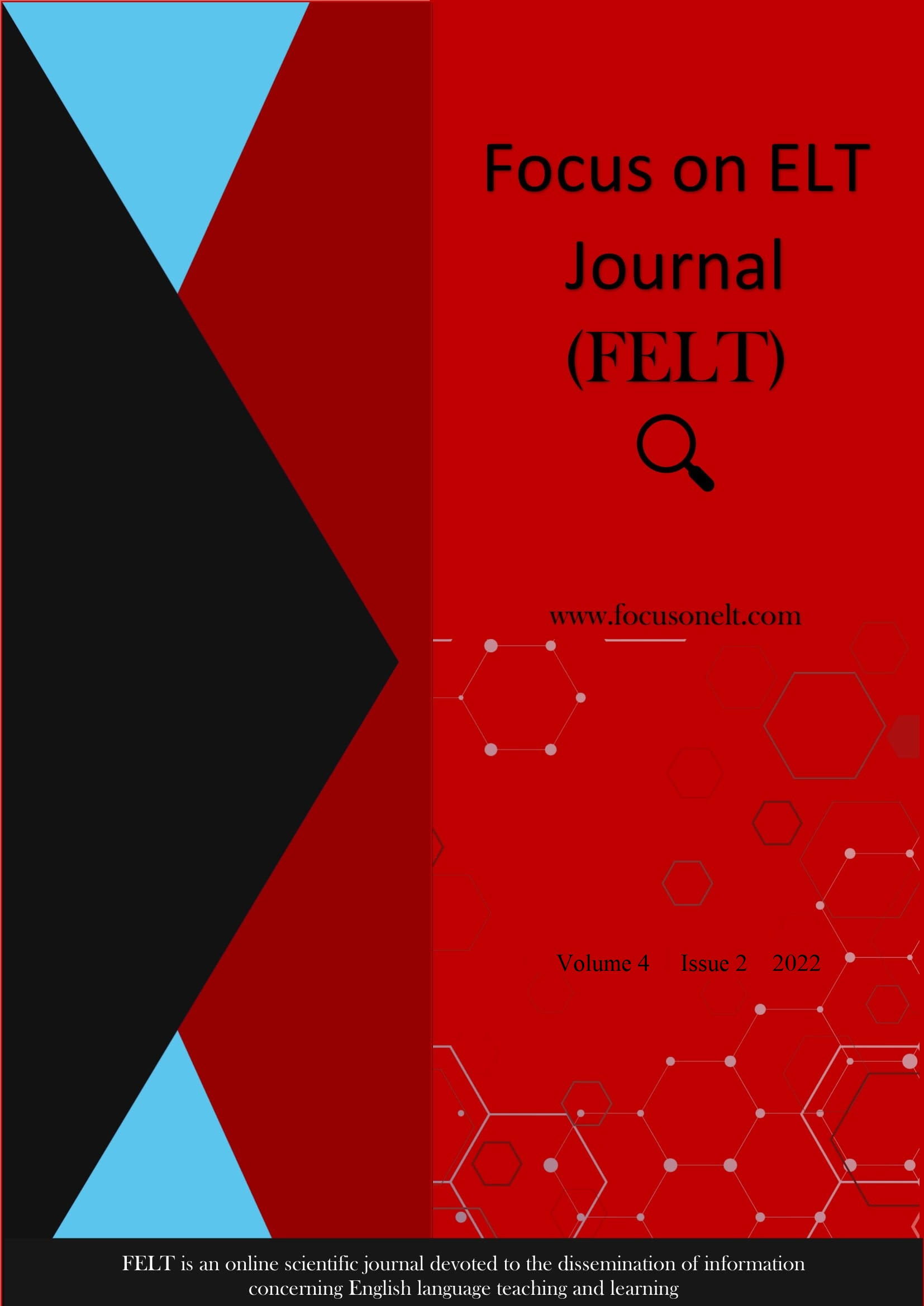ESL teacher and department autonomy in English-medium international schools
Main Article Content
Abstract
Although the English-medium international school market continues to grow and primarily enroll English language learners, the autonomy of ESL teachers and the ESL department appears to be eroding, as some schools have already combined ESL with the English department or Special Education Needs (SEN). This quantitative survey-based study with 279 participants explored and compared the opinions of 80 ESL, 119 Primary, and 80 Secondary English teachers concerning ESL teacher and ESL department autonomy in English-medium international schools. Data from the study showed that many participants believed that decision-making processes concerning ESL support should be distributed beyond the ESL teachers and ESL department. Further, data showed there was a statistically significant difference between ESL and Secondary English teachers concerning the combination of ESL provision with the department of English language arts or literature. However, there was no statistically significant difference between ESL and Primary teachers concerning whether ESL should be combined with SEN. Overall, the findings of this study revealed that many teachers in international schools could not differentiate between ESL support and English Language Arts and Literature and ESL and SEN, and as a result, ESL teacher and ESL department autonomy is in peril.
Metrics
Article Details

This work is licensed under a Creative Commons Attribution-NonCommercial-NoDerivatives 4.0 International License.
References
Arkoudis, S. (2007). Collaborating in ESL education in schools. In J. Cummins & C. Davison (Eds.), International
handbook of English language teaching (pp. 365-377). Springer Science & Business Media.
Bunnell, T. (2016). International schooling: Implications of the changing growth pattern. In M. Hayden & J.
Thompson (Eds.), International schools: Current issues and future prospects (pp. 215-235). Symposium
Books Ltd.
Carder, M. W. (1991). The role and development of ESL programmes in international schools. In P. Jonietz & D.
Harris (Eds.), World yearbook of education 1991: International schools and international education (pp.
-14). Kogan Page Ltd.
Carder, M. (2007). Bilingualism in international schools: A model for enriching language education.
Multilingual Matters.
Carder, M. (2011). ESL in international schools in the IBMYP: The elephant under the table. International Schools
Journal, 31(1), 50-58.
Carder, M. (2013). Managerial impact on programmes for second language learners in international schools.
Carder, M. W. (2014). Tracing the path of ESL provision in international schools over the last four decades (Part
. The International Schools Journal, 34(1), 85-96.
Creese, A. (2005). Teacher collaboration and talk in multilingual classrooms. Multilingual Matters.
Creswell, J. W. (2012). Educational research: Planning, conducting, and evaluating quantitative and qualitative
research (4th ed.). Allyn & Bacon.
Department of Education. (2015). Special educational needs and disability code of practice: 0 to 25 years. DFE-
-2013.
English, B., & Varghese, M. M. (2010). Enacting language policy through the facilitator model in a monolingual
policy context in the United States. In K. Menken & O. García (Eds.), Negotiating language education
policies: Educators as policymakers (pp. 107-122). Routledge.
Gallagher, E. (2008). Equal rights to the curriculum: Many languages, one message. multilingual Matters Ltd.
Harper, C. A., De Jong, E. J., & Platt, E. J. (2008). Marginalizing English as a second language teacher expertise:
The exclusionary consequence of No Child Left Behind. Language Policy, 7(3), 267-284. https://doi.org/10.1007/s10993-008-9102-y
ISC Research. (2019). ISC research. ISC Research. https://www.iscresearch.com
Kalinowski, F., & Carder, M. (1990). Setting up the ESL department. In E. Murphy (Ed.), ESL: A handbook for
teachers and administrators in international schools (pp. 18-46). Multilingual Matters Ltd.
Lehman, C. (2020). Parent knowledge and preferences of language learning and use in an international school in Vietnam. VNU Journal of Social Sciences and Humanities, 6(5), 577-590. https://doi.org/10.33100/jossh6.5.ClaytonLehman
Lehman, C. (2021). Resources for ELLs in international schools: A non-profit and for-profit comparison. The Universal Academic Research Journal, 3(1), 38-50. https://doi.org/10.17220/tuara.2021.01.5
McHugh, M. L. (2013). The Chi-square test of independence. Biochemia Medica, 23(2), 143-149.
https://doi.org/10.11613/BM.2013.018
NALDIC. (n.d.). Our school has a lot of EAL learners on the SEN register: Is this a justifiable solution? NALDIC
Podcast. Available at http://www.naldic.org.uk/Resources/NALDIC/Home/Images/faq6.mp3
Office for Civil Rights (n.d.). Programs for English language learners. U.S. Department of Education. Available
at https://www2.ed.gov/about/offices/list/ocr/ell/index.html
Salkind, N. J. (2013). Statistics for people who (think they) hate statistics (3rd ed.). SAGE Publications.
Shoebottom, P. (2009). Academic success for non-native English speakers in English-medium international
schools: The role of the secondary ESL department. NALDIC Quarterly, 7(1), 13-18. www.naldic.org.uk
U.S.C. § 6811, seq. (1965) Title III of the Elementary and Secondary Education Act

